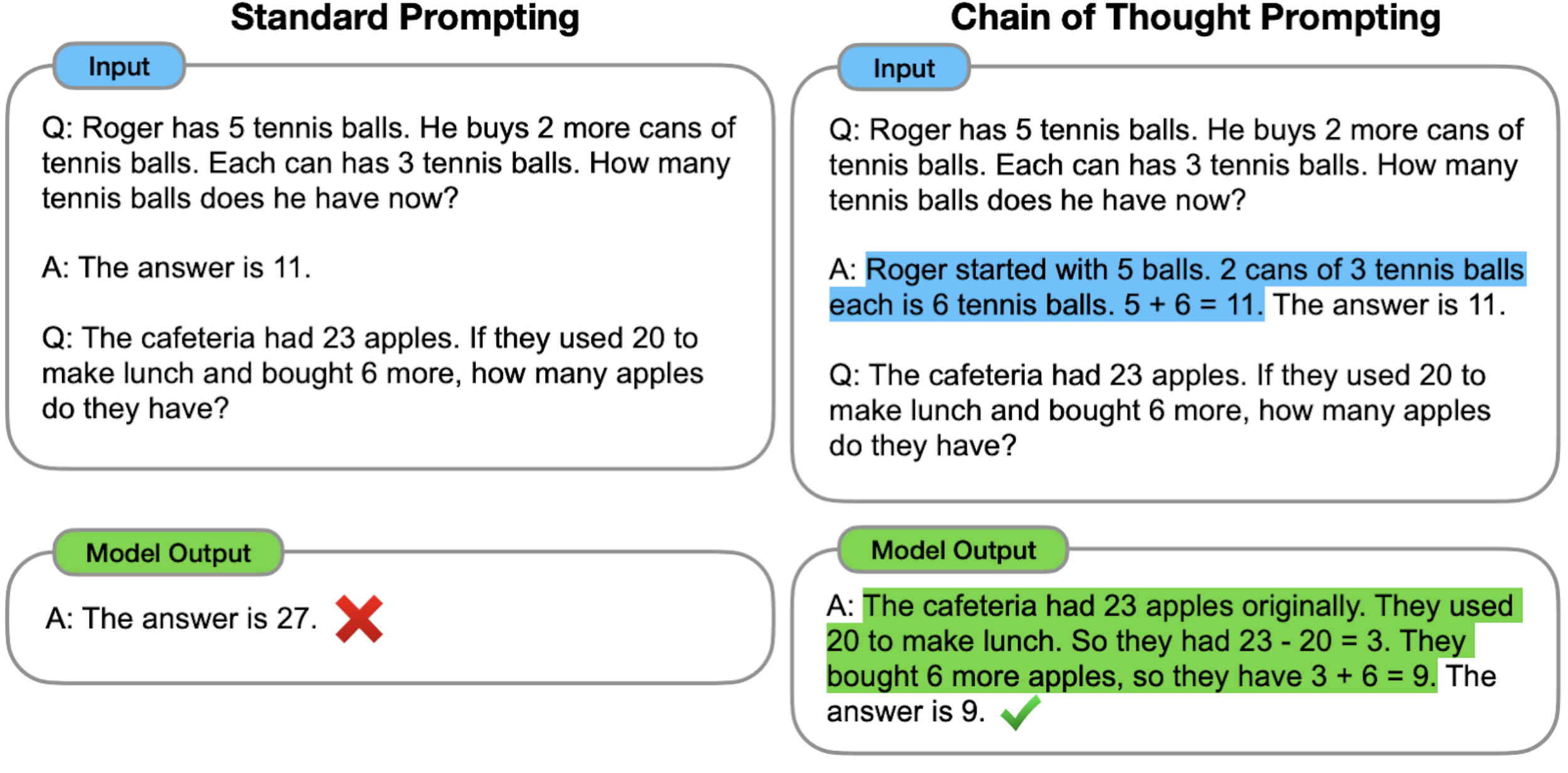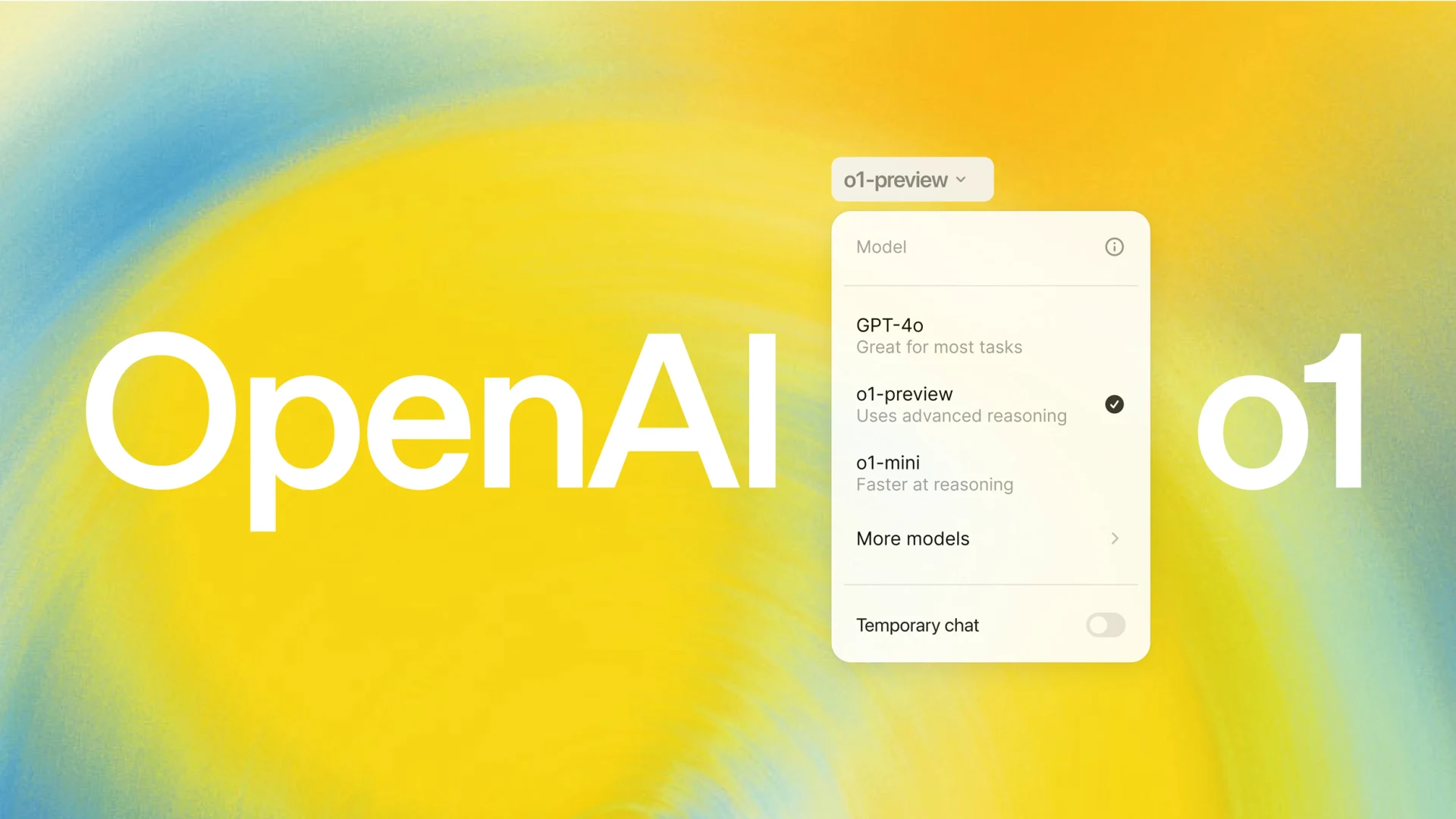OpenAI Launches New '01' Model That Outperforms ChatGPT-4o
OpenAI has introduced a new family of models and made them available Thursday on its paid ChatGPT Plus subscription tier, claiming that it provides major improvements in performance and reasoning capabilities.
“We are introducing OpenAI o1, a new large language model trained with reinforcement learning to perform complex reasoning,” OpenAI said in an official blog post, “o1 thinks before it answers.”

New Naming Scheme
AI industry watchers had expected the top AI developer to deploy a new “strawberry” model for weeks, although distinctions between the different models under development are not publicly disclosed.
OpenAI describes this new family of models as a big leap forward, so much so that they changed their usual naming scheme, breaking from the ChatGPT-3, ChatGPT-3.5, and ChatGPT-4o series.
Improvements and Capabilities
Key to the operation of these new models is that they “take their time” to think before acting, the company noted, and use “chain-of-thought” reasoning to make them extremely effective at complex tasks.
Even the smallest model in this new lineup surpasses the top-tier GPT-4o in several key areas, according to AI testing benchmarks shared by Open AI—particularly OpenAI’s comparisons on challenges considered to have PhD-level complexity.
Technical Advancements
The new model's capabilities implement the chain-of-thought AI process during inference. This means the model uses a segmented approach to reason through a problem step by step before providing a final result, which is what users ultimately see.

OpenAI has not clarified how the process diverges from token-based generation: is it an actual resource allocation to reasoning, or a hidden chain-of-thought command—or perhaps a mixture of both techniques?
Embedding more guidelines into the chain-of-thought process not only makes the model more accurate but also less prone to jailbreaking techniques, as it has more time—and steps—to catch when a potentially harmful result is being produced.
Future Developments
It remains unclear whether this deliberative reasoning approach can be effectively scaled for real-time applications requiring fast response times. OpenAI said it meanwhile intends to expand the models' capabilities, including web search functionality and improved multimodal interactions.
The model will also be tweaked over time to meet OpenAI’s minimum standards in terms of safety, jailbreak prevention, and autonomy.
The model was set to roll out today, however it may be released in phases, as some users have reported that the model is not available to them for testing yet.





















